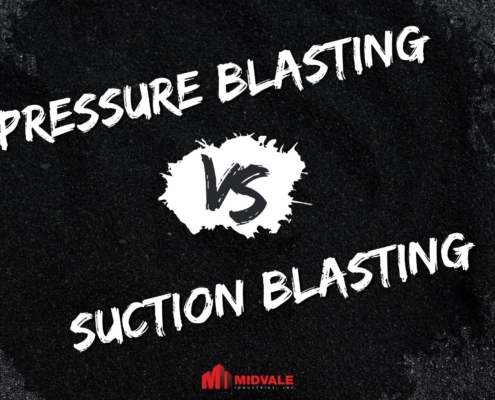 https://midvaleindustries.com/wp-content/uploads/2024/08/Pressure-vs-Suction-Large.jpg
1260
2240
JBeasley
/wp-content/uploads/2024/06/Midvale-Logo-Web-Black.png
JBeasley2024-04-29 16:11:322026-01-07 09:12:03Difference Between Pressure vs Suction Blast Cabinet
https://midvaleindustries.com/wp-content/uploads/2024/08/Pressure-vs-Suction-Large.jpg
1260
2240
JBeasley
/wp-content/uploads/2024/06/Midvale-Logo-Web-Black.png
JBeasley2024-04-29 16:11:322026-01-07 09:12:03Difference Between Pressure vs Suction Blast CabinetWhen it comes to finishing metal surfaces, there are two main options: painting and powder coating. Each process has its own advantages and disadvantages. Whether you’re trying to decide on a finish for your outsourced parts, or maybe even looking to add a finishing application to your facility, it’s important to choose the right process for your parts.
Painting
Painting is the more traditional method of finishing metal. It involves applying a liquid paint to the surface, which then dries to form a protective layer.
The advantages of painting include:
- It is relatively inexpensive.
- It is easy to do yourself.
- Easily touched up or repaired.
- There are many different colors and finishes available.
Equipment needed for painting:
- Paint booth (if painting indoors)
- Paint mixing room (if mixing specific paints)
- Paint sprayer/pump plus gun(s) and hose(s)
- PPE
The disadvantages of painting include:
- Paint can be difficult to apply evenly, especially on complex shapes.
- Paint can chip and peel over time, especially if it is not properly applied or maintained.
- Paint can contain harmful solvents and VOCs.

Powder Coating
Powder coating is a somewhat newer method of finishing metal that is becoming increasingly popular. It involves applying a powdered coating to the surface, which is then cured using heat.
The advantages of powder coating include:
- It is more durable than paint and resistant to chipping, scratching, and fading.
- Excess powder can be reused, creating less waste.
- It can be applied to a wider variety of metal surfaces.
- It is environmentally friendly, as it does not contain harmful solvents or VOCs.
Equipment needed for powder coating:
- Powder coating booth
- Curing oven
- Racks, hooks, or other fixtures
- Powder gun(s)
- PPE
The disadvantages of powder coating include:
- It is more expensive than painting.
- It cannot be applied to complex shapes without special equipment.
- It requires more equipment and facility space.
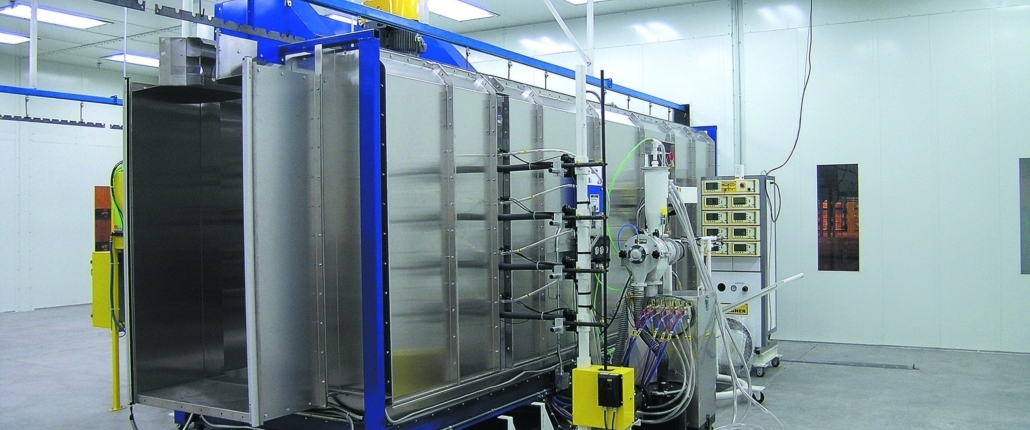
Which is Right for You?
The best way to decide which finishing method is right for you is to consider your specific needs and budget. If you are looking for a low-cost option, with a variety of colors and finishes, painting may be a good choice. Painting is also an ideal application for large items and mobile coating jobs. However, if you need a more durable finish that is resistant to damage, powder coating is the better option. Powder coating is an ideal application for small and medium sized parts.
Below is a summary of the main differences between painting and powder coating:
| Characteristic | Painting | Powder Coating |
| Cost of Utilities | Less Expensive | More Expensive |
| Equipment Costs | Less Expensive | More Expensive |
| Cost of Materials | More Expensive | Less Expensive |
| Durability | Less Durable | More Durable |
| Ease of Application | Easier To Apply | More Difficult to Apply |
| Color & Finish Availability | Wide Variety Available | Limited Variety Available |
| Waste | More Waste | Less Waste |
| Environmental Impact | More Harmful Components | Less Harmful Components |
Other items to consider when choosing are:
- The type of metal being finished. Some metals, such as aluminum, are more difficult to paint than others.
- The environment in which the finished product will be used. If the product will be exposed to harsh weather or chemicals, powder coating is a better choice.
- The desired finish. Powder coating can produce a wider variety of finishes than painting.
- The budget. Painting is generally the less expensive option, but powder coating may be worth the investment if you need a more durable finish.
In conclusion, both painting and powder coating have a place when it comes to finishing. Each have their strengths and weaknesses. Regardless of your choice, both can provide a fantastic finish on parts and equipment.
If you’re interested in finding out more information on equipment for painting or powder coating, contact our team today.
Share This Post
More Like This
 https://midvaleindustries.com/wp-content/uploads/2024/08/Pressure-vs-Suction-Large.jpg
1260
2240
JBeasley
/wp-content/uploads/2024/06/Midvale-Logo-Web-Black.png
JBeasley2024-04-29 16:11:322026-01-07 09:12:03Difference Between Pressure vs Suction Blast Cabinet
https://midvaleindustries.com/wp-content/uploads/2024/08/Pressure-vs-Suction-Large.jpg
1260
2240
JBeasley
/wp-content/uploads/2024/06/Midvale-Logo-Web-Black.png
JBeasley2024-04-29 16:11:322026-01-07 09:12:03Difference Between Pressure vs Suction Blast Cabinet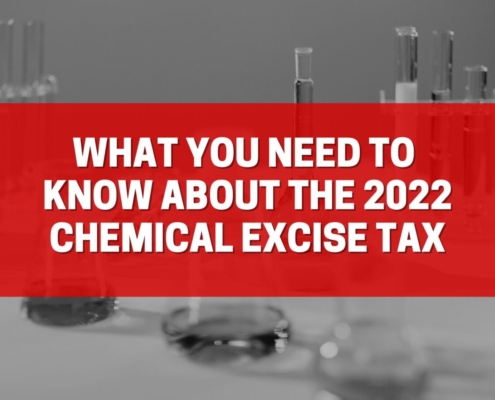 https://midvaleindustries.com/wp-content/uploads/2024/08/chemical-blog-2.jpg
900
1600
Nate Riggins
/wp-content/uploads/2024/06/Midvale-Logo-Web-Black.png
Nate Riggins2022-07-01 14:51:022026-01-07 09:12:04What You Need to Know About the 2022 Chemical Excise Tax
https://midvaleindustries.com/wp-content/uploads/2024/08/chemical-blog-2.jpg
900
1600
Nate Riggins
/wp-content/uploads/2024/06/Midvale-Logo-Web-Black.png
Nate Riggins2022-07-01 14:51:022026-01-07 09:12:04What You Need to Know About the 2022 Chemical Excise Tax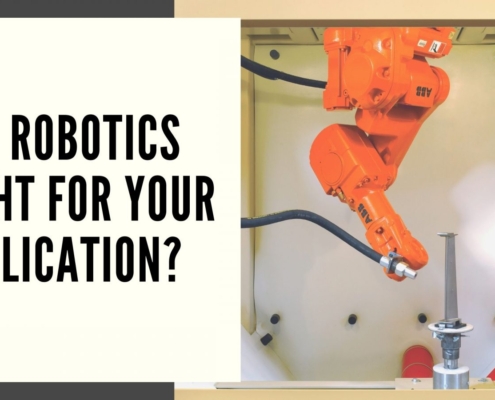 https://midvaleindustries.com/wp-content/uploads/2024/08/ARE-robotics-right-for-you_-1-2.jpg
900
1600
JBeasley
/wp-content/uploads/2024/06/Midvale-Logo-Web-Black.png
JBeasley2021-01-25 16:03:062026-01-07 09:12:07Are Robotics Right For Your Application?
https://midvaleindustries.com/wp-content/uploads/2024/08/ARE-robotics-right-for-you_-1-2.jpg
900
1600
JBeasley
/wp-content/uploads/2024/06/Midvale-Logo-Web-Black.png
JBeasley2021-01-25 16:03:062026-01-07 09:12:07Are Robotics Right For Your Application?

